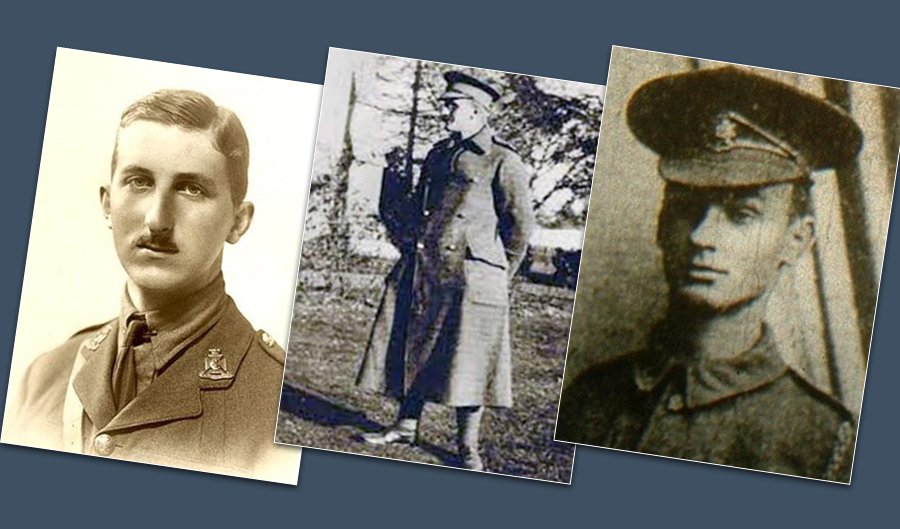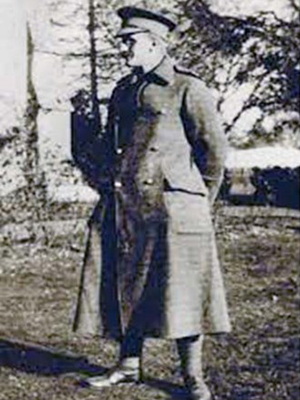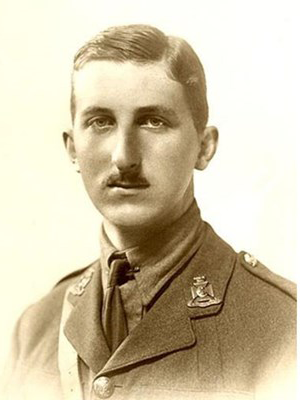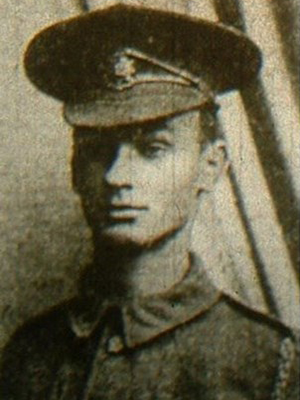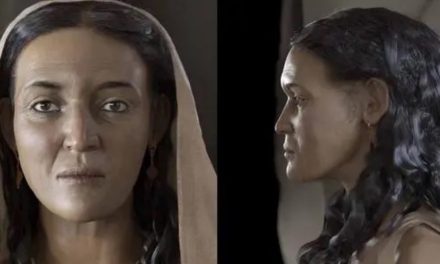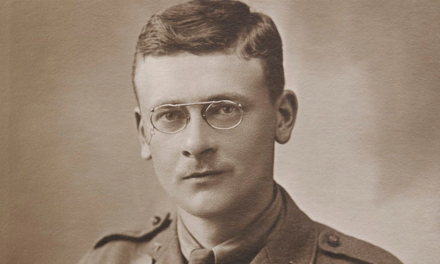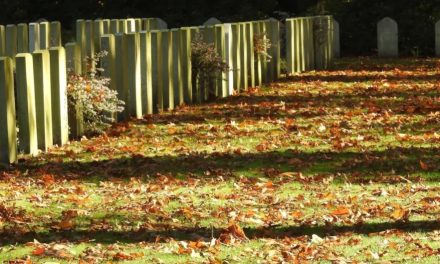The Agency works to identify the remains of service personnel reported as missing in action and below you can find details of some of their recent discoveries.
Table of Contents
2nd Lt Osmund Bartle Wordsworth
2nd Lt Wordsworth was born on 17 May 1887 in Glaston, Rutland. He was the great-great-nephew of the poet William Wordsworth. He was one of nine children born to the Reverend Christopher Wordsworth and his wife Mary. Osmund was educated at Winchester College before attending Trinity College Cambridge. He emigrated to Canada to teach and became a published author. In May 1915, Osmund returned to the United Kingdom, travelling onboard the ill fated liner the Lusitania with his sister Ruth. Six days into the voyage, on 7 May 1915, the ship was torpedoed off the coast of Ireland. Osmund is reported to have given his life belt to another passenger as the ship was sinking. Nonetheless, he and Ruth survived the disaster which cost the lives of 1,198 passengers and crew. On 2 April 1917, the village of Henin-sur-Cojeul was recaptured by British forces as they pursued the enemy back to the Hindenburg Line. The attack on the village was carried out by 21st Infantry Brigade. It was during this attack that 2nd Lt Wordsworth, who was serving with 21st Machine Gun Company, was killed. 2nd Lt Wordsworth had initially been commissioned into the Ox & Bucks LI, and was wearing his former unit’s buttons when he died. Having conducted research suggesting this unknown Officer could be 2nd Lt Wordsworth, the final piece of the jigsaw was to carry out DNA testing. A great nephew of 2nd Lt Wordsworth was located and proved to be a DNA match to the soldier. Reports from the day of his death suggest that 2nd Lt Wordsworth saw a gun crew was struggling to get into position and went to assist them. He was shot through the chest and was buried in Henin-sur-Cojeul. His remains were not recovered after the Great War and, as he was still missing, 2nd Lt Wordsworth was commemorated on the Arras Memorial.
Capt Vivian Hastings Clay
Capt Vivian Hastings Clay was one of three children born to Challoner Clay and his wife Annie. He graduated from University College Durham in 1914 with a degree in Ecclesiastical Studies.
Vivian was Commissioned into The Wiltshire Regiment on 15 April 1915 and embarked for the Western Front in September 1915. He was promoted to Captain in August 1916.
Capt Clay, from Forvant in Wiltshire, was killed during the Battle of the Somme, on what was his 24th birthday, 18 October 1916. He was serving with 2nd Battalion The Wiltshire Regiment which took part in an attack east of Le Sars that day. The battalion were successful in taking the first German line and were ordered to consolidate. Capt Clay is reported to have been walking about on the top of the trench encouraging his men to consolidate their position when he was fatally shot.
One of his men stated: “After setting a splendid example in grenade throwing, he endeavoured to persuade his men to dig a communications trench to our lines. They were most reluctant, so he and I went out into the open in the hope that they would follow. Almost immediately he was struck in the back.”
After the war, Capt Clay’s remains were recovered and buried in Warlencourt British Cemetery as an unknown Captain of The Wiltshire Regiment. As he was missing, Captain Clay was commemorated on the Thiepval Memorial in France.
The new headstone of Capt Clay was fittingly inscribed with an extract from the book of Revelation Chapter 2, Verse 10, which was chosen by his parents for a memorial in their local church, St George’s Church in Fovant: ‘Be thou faithful unto death, and I will give thee a crown of life.’
Sjt Arthur Harry Morton
Sjt Arthur Harry Morton was one of four children born to Arthur Henry Morton and his wife Jessie.
Sjt Morton enlisted into The East Surrey Regiment on 5 March 1915 and arrived on the Western Front on 31 August 1915. He worked as a stretcher bearer until he was gassed in June 1916. He was invalided home and when sent back to France was transferred to The King’s Own Yorkshire Light Infantry.
Sjt Morton, aged 19, from Guildford, Surrey, was killed on 9 April 1917, the first day of the Battle of Arras. He was serving with 9th Battalion The King’s Own Yorkshire Light Infantry which was tasked with an assault on the Hindenburg Line around the Henin-Heninel Road. They were successful at getting through the first line of German wire but were held up at the second line. The attack stalled as they came under rifle and machine gun fire.
The battalion established itself in shell holes within the German wire but were unable to reorganise in daylight as German snipers were very active. At dusk companies of 10th Battalion The King’s Own Yorkshire Light Infantry were seen advancing to occupy the road in front of the enemy’s positions. Members of 9th Battalion were then organised and started digging in on the left of 10th Battalion. It was during the fighting that day that Sjt Morton was killed.
Sjt Morton was buried in Cojeul British Cemetery but his grave was recorded as that of an unknown serjeant of The King’s Own Yorkshire Light Infantry who was killed on 9 April 1917.
